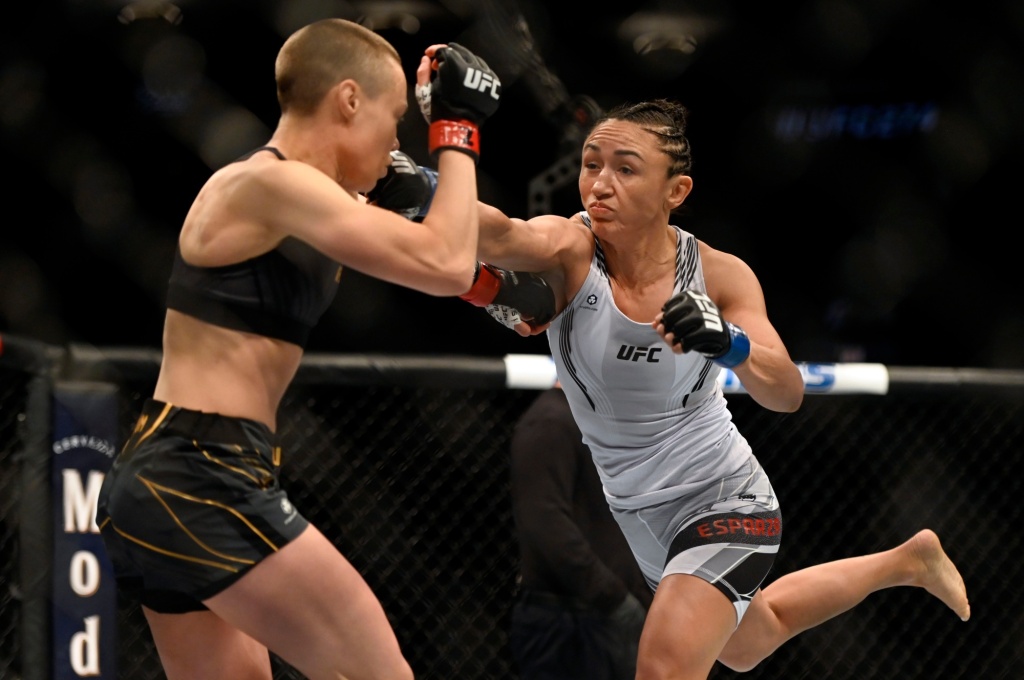
As more seniors participate in sports, the number of senior athletes has increased steadily over the years. One reason for the increased participation of older adults in sport is the rising number of seniors that are interested in it. Although physical fitness tends to decline with age, there are still ways to stay active and fit.
Sport motivation
Recent research shows that competition level, age, as well as gender influence senior athletes' motivation to participate in sport. The questionnaire used to measure sport participation was validated. Table 1 shows the results. The participants were separated by sport. The results also indicated that the questionnaire was psychometrically valid.
The study involved 316 junior and senior athletes competing in three team sports. Three questionnaires were completed by the participants. Participants were also classified according to their sport or competition level. The results revealed that handball was the most motivated sport to win, with football being the most successful.
Aging can lead to a decrease in physical fitness.
As we age, our physical fitness decreases, as well as muscle mass, force, endurance and strength. The muscles also experience a decrease in range of motion, becoming more rigid. This can make it difficult to perform strenuous exercise. Despite these changes, many seniors are still capable performing extraordinary feats.
The study found that both men and females' aerobic capacity declined by 20% every ten years. After age 40, the rate of decline for men was faster than for women. This accelerate rate of decline can have serious consequences for your functional independence and your quality of living.
Exercise regimens
Athletes of all ages can benefit from an exercise regimen. Senior athletes need to incorporate cardiorespiratory exercise as well as muscle-strengthening and balance exercises into their training. These exercises will improve their balance and help maintain their strength. Although older athletes may face fewer risks of injury, they still need to develop the necessary muscles and endurance to keep up with the competition.
Before starting any exercise program, you should have a medical clearance. If you have a history of injuries or a history of chronic illness, you may need to modify the intensity of your workouts. To get the best out of your program, you might need to change your medication schedule or meal plan.
Nutrition
Senior athletes require nutrition that is customized to their particular needs. In general, athletes should follow the principles of good nutrition to maximize overall health and athletic performance. Individualized advice on nutrition should be given and should include preventive measures. Senior athletes may be provided with dietary advice by a registered dietitian. Senior athletes might be interested in other topics, such as weight control and exercise.
A balanced diet is important for older athletes. They should eat nutritious foods and consume high quality calories to ensure they are eating a balanced diet. This will help you recover faster from hard training and lower your risk of developing age-related debilitating diseases. A senior athlete should, for instance, eat healthy carbohydrates to fuel the body and maintain a healthy weight. They should also consume foods that are high in antioxidants and fiber.
Balance
Balance in senior athletes is affected by physiologic changes. Professionals in sport and orthopedic healthcare must first understand these changes to ensure safe, effective athletic performance. These professionals can then design and implement an SMT program that addresses these issues. Balance training is essential for overall fitness. It increases muscle strength, improves postural alignment, prevents falls, and helps to prevent them from happening.
Proprioception, also called joint positional sense or proprioception, is an essential component of balance. Studies have shown that elite athletes who sustained ACL injuries have decreased their Joint Positional Sense. This suggests that secondary injuries may exist. In one study, researchers compared Joint Positional Sensitivity of 30 elite athletes who suffered from UCL tears to that of 30 athletes who hadn't sustained an ACL injury.